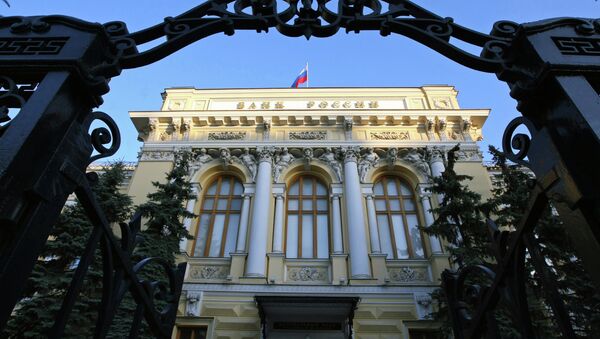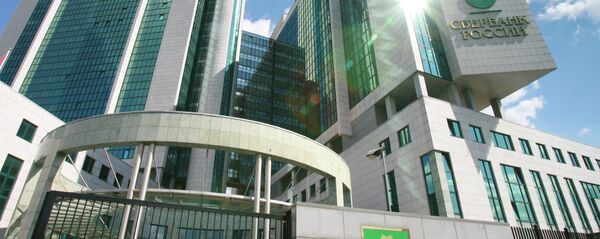As of September 1, B&N Bank is ranked Russia’s 12th biggest bank, with 1.15 trillion rubles ($25 billion) in assets.
The bank said on Wednesday that it had asked for a rescue package after facing financial difficulties it could not handle. In September only, some 56 billion rubles ($970 million) have been withdrawn from the bank, both by individual depositors and companies, but after the bailout was announced the outflow slowed down threefold.
The central bank will take a majority equity stake in B&N Bank, affiliated lender Rost Bank and other banks in the group, using money from its Fund for the Consolidation of the Banking Sector.
"It is planned that the Bank of Russia will participate as the main investor," the central bank said in a statement, adding that it would not use a so-called bail-in of B&N Bank’s creditors for the rescue.
Mikail Shishkhanov, co-owner of B&N Bank, said that the rescue procedure is expected to take 6-8 months. He also said that the sale of certain assets couldn’t be ruled out if the lender faces difficulties during the rescue procedure.
"The implementation of measures to improve the financial stability of the banks is being carried out in cooperation with the current owners and managers of the banks, which will ensure their uninterrupted operation," the central bank said.
Anxiety over the stability of the Russian banking sector spiked in August after an analyst of management company Alfa-Capital sent a letter to its customers, warning that a number of Russian major banks, including Otkritie, B&N Bank, MKB and Promsvyazbank, are at risk.
Moreover, Herman Gref, CEO of Russia’s biggest bank Sberbank, said that the two bailouts would not affect the overall stability of the Russian banking system.
"The [rescue] mechanism engaged by the central bank guarantees the rights of each and every one of the customers of B&N Bank and Otkritie. Their interests will not be damaged and there will be no negative effect on financial stability," Gref told journalists on Friday.
He also suggested that speculation was the main driving factor behind the banks’ financial difficulties, but now "the situation has finally been made clear."



